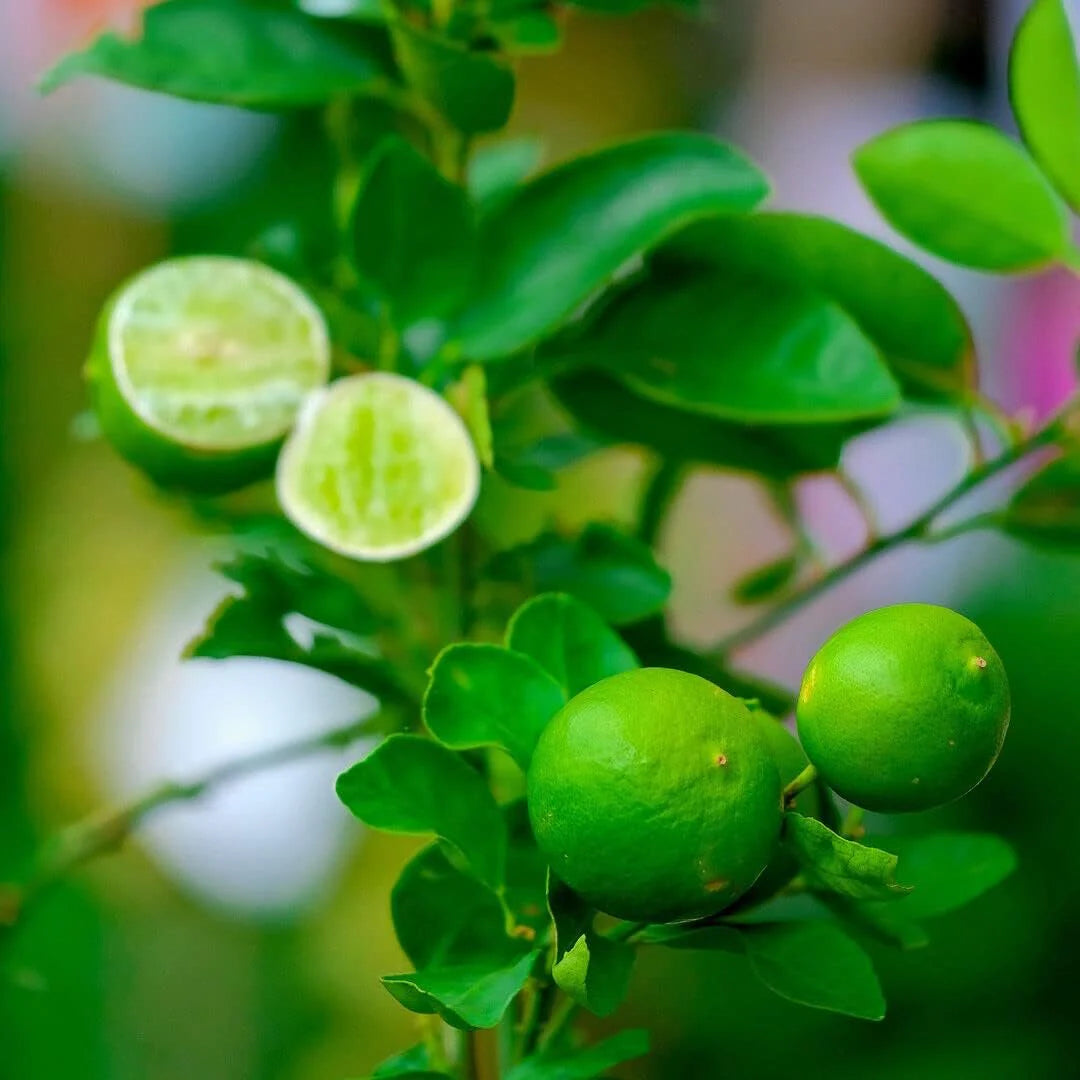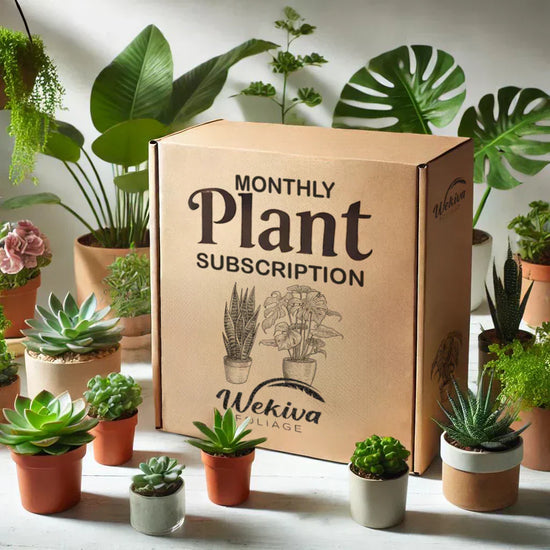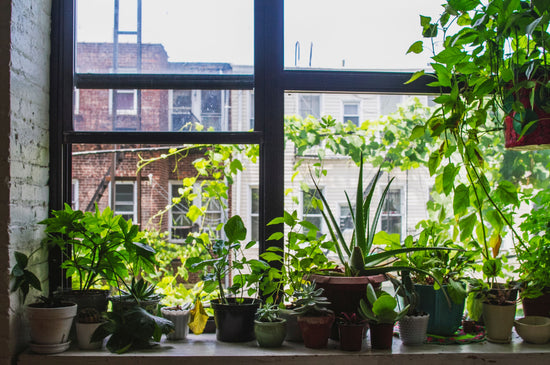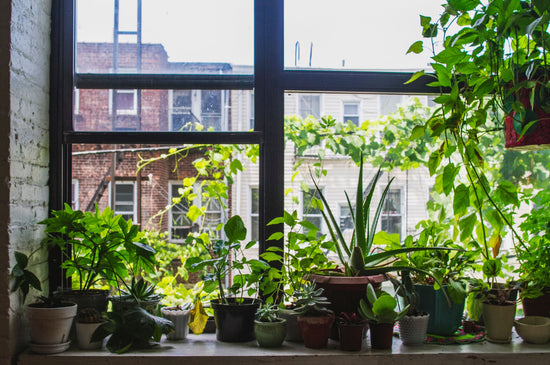Why Florida Is the Ultimate Place for Citrus Trees (And How to Get Started)
Florida’s warm climate, abundant sunshine, and sandy soils make it one of the best places in the world to grow citrus trees. Whether you dream of picking fresh Meyer lemons from your backyard or adding a Calamondin Orange Tree to your garden, Florida offers the ideal conditions to cultivate thriving citrus trees. Here’s how to take advantage of this environment and avoid common pitfalls.
Why Florida is Perfect for Citrus Trees
Florida’s climate features long, sunny days and mild winters, which are ideal for citrus trees like the Ponderosa Lemon Tree and Persian Lime Tree. Additionally, the state’s sandy soils provide excellent drainage, preventing the root rot that often affects citrus trees in heavier soils.
- Abundant Sunshine: Citrus trees, such as the Cara Cara Navel Orange Tree, require at least six hours of direct sunlight daily to produce healthy fruit. Florida’s sunshine ensures your trees will thrive. Learn more about Cara Cara Navel Orange Trees.
- Consistent Warmth: While citrus trees like the Variegated Pink Eureka Lemon Tree can tolerate some cold, Florida’s relatively frost-free winters allow for year-round growth. Discover more about Variegated Pink Eureka Lemon Trees.
Best Citrus Varieties for Florida
If you’re unsure where to begin, here are some popular and easy-to-grow citrus trees for Florida gardens:
- Meyer Lemon Tree: A favorite for its sweet, less acidic fruit. Perfect for small spaces and container planting. Shop Meyer Lemon Trees.
- Key Lime Tree: Compact and highly productive, this tree thrives in Florida’s subtropical climate. Explore Key Lime Trees.
- Sanguinelli Blood Orange Tree: Known for its striking red fruit and rich flavor. Discover Sanguinelli Blood Orange Trees.
- Calamondin Orange Tree: A versatile tree prized for its tart, fragrant fruit and decorative appeal. Buy a Calamondin Orange Tree.
How to Get Started
1. Choose the Right Location Select a sunny spot with well-drained soil. Citrus trees like the Cocktail Tree (Lemon and Lime) thrive in full sun. If your soil has poor drainage, consider planting in a raised bed or container. Learn more about Cocktail Trees.
2. Test and Amend the Soil Citrus trees prefer slightly acidic soil with a pH of 6.0 to 7.0. Conduct a soil test and amend as necessary with organic matter or sulfur to achieve the ideal pH level.
3. Water Wisely Overwatering is a common mistake. Water deeply but infrequently to encourage strong root growth. Ensure the soil dries out slightly between waterings.
4. Fertilize Regularly Use a balanced citrus-specific fertilizer every few months to ensure your tree has the nutrients it needs. Look for fertilizers with nitrogen, potassium, and magnesium.
5. Prune for Health Prune your citrus tree in late winter or early spring to remove dead branches and improve airflow. This prevents pests and diseases from taking hold.
Common Challenges and Solutions
- Pests: Common citrus pests include aphids, spider mites, and citrus psyllids. Regularly inspect your trees and use organic treatments like neem oil.
- Diseases: Citrus canker and greening are two significant threats. Choose resistant varieties and practice good sanitation by removing infected branches.
- Frost Protection: Although Florida is warm, occasional frosts can damage trees. Cover young trees with frost cloths during cold snaps.
Why Start Today?
Growing citrus in Florida is a rewarding experience that offers the chance to enjoy fresh, homegrown fruit. Starting with high-quality trees from Wekiva Foliage ensures your success. Whether you choose the Harvey Lemon Tree or the Australian Finger Lime Tree, you’ll be able to create a lush, productive garden that thrives in Florida’s unique climate.
FAQ
Q: How much sunlight do citrus trees need?
A: Citrus trees require at least six hours of direct sunlight daily.
Q: Can I grow citrus trees in containers?
A: Yes, varieties like the Meyer Lemon Tree are excellent for container gardening.
Q: How often should I fertilize my citrus tree?
A: Apply citrus fertilizer three to four times per year, focusing on spring and summer.
Q: What’s the best way to protect citrus trees from pests?
A: Inspect your trees regularly and use organic solutions like neem oil or insecticidal soap.
Q: When is the best time to plant citrus trees in Florida?
A: Late winter to early spring is ideal, as it gives the tree time to establish roots before summer heat.
Embrace Florida’s perfect citrus-growing conditions and transform your backyard into a tropical haven with the help of Wekiva Foliage’s premium fruit trees!





